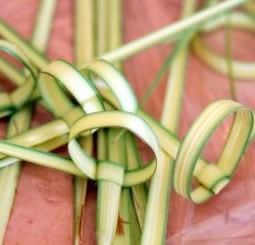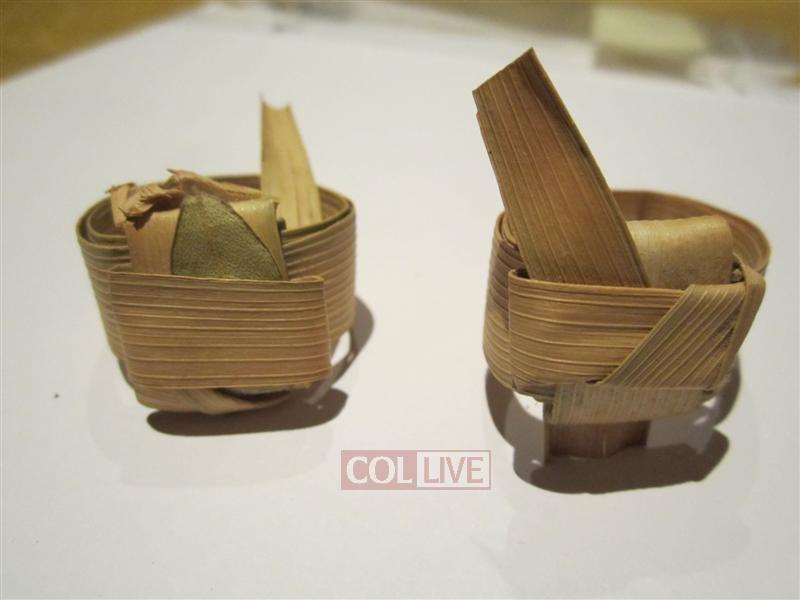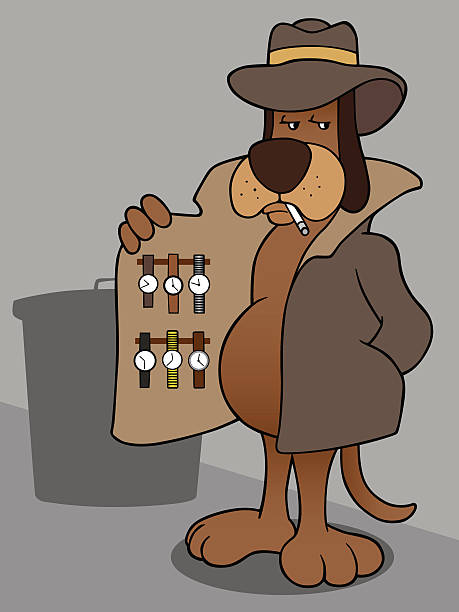BSD
Sukkah 30b- 31a
Teves 3, 5782. December 7, 2021
Notes in brief:
1- We continued with the instruction of Rav Huna to the wholesalers when purchasing הדסים from non-Jewish farmers. In order to ensure that there is no חשש of גזילה, due to the chance that their farms lands were (perhaps) previously owned by Jews and forcibly taken away from them, he told them to instruct the farmers to cut the hadasim themselves.

We assume that the original Jewish owners were מייאש. But יאוש is ineffective for real estate.
So the process of יאוש to be effective begins when cutting the hadasim. The יאוש is now effective since the הדסים are now מטלטלין.
Since יאוש itself is insufficient to grant new ownership, we need another act. Their selling of the הדסים to the wholesalers is the second step.
We called this יאוש plus. What Rav Huna suggested was, יאוש, plus the change of hands. From the farmers to the wholesalers.
We mentioned parenthetically that although the גזלן or גנב becomes the legal owner after the original owners were מייאש with a second step, (the item stolen had a change of location, name change or change of form) the גזלן or גנב is still obligated to pay the original owner. יאוש plus only helps that the item itself does not need to be returned.
2- We also discussed 2 other יאוש plus options. One was the binding of the hadasim with the lulav. That is a מעשה that could combine with יאוש to grant the new owner the status of לכם.

However as the Gemara says, there are two opinions if we are required to bind the lulav, hadasim and aravos together. The Halacha follows that it is not obligatory to bind them at all!

We do it just למצוה. But there is no obligation.
Therefore, the binding of the hadasim with lulav is not a sufficient act to combine it with יאוש.
3- We mentioned the מהר”ץ חיות that introduces here the concept of מצוותו אחשביה. Meaning that a mundane action is elevated when it is a מצוה. The binding in itself is not really an act that is considered a מעשה, as it can easily be undone. Only if the binding is a חיוב would the binding be considered important enough to combine with יאוש.
4- We spoke about the מצוה (not the חיוב) of binding the lulav.
See here from the Alter Rebbe’s Shulchan Aruch. 621.
ומצוה מן המובחר לאגוד הלולב עם ההדס וערבה באגודה אחת משום נוי שנאמר זה אלי ואנוהו התנאה לפניו במצות:
ו יש נוהגים לעשות האגד בדרך זה שכורכין סביבות שלשה מינים אלו עד שיהיו מהודקין היטב ותוחבין ראשי הכרך לתוך עיגול הכרוך סביב שלשה מינים אלו ויש מחמירים וקושרים שני ראשי הכרך בשני קשרים זה על גבי זה וביו”ט שאי אפשר לקשרן בענין זה שהרי הוא קשר של קיימא שאינו חושש להתירו עולמית אוגדין אותו בעניבה דהיינו שעושין שתי עניבות זו על גבי זו (אבל אסור לעשות עניבה על גבי קשר כיון שאינו חושש להתירו עולמית עיין סימן (שמ”א) [שי”ז]) או שתוחבין ראשי הכרך לתוך עגול הכרך כמו שנתבאר:
As we can see, there are some who say that the binding must be completed with 2 knots! A real קשר של קיימא. Making a loop is insufficient.

https://collive.com/lulav-rings-used-by-the-rebbe/
5- The obvious question is how people use what is commonly called Keishiklach. Since the hadasim and aravos can easily be removed, how is that אגד לולב?

We mentioned that some who do use the Keishiklach tie the entire bundle with a lulav leaf and knot it.
See from the Mishna Berura where he also writes that one needs to knot it.


6- We continued with the interesting story of the woman who came to Rav Nachman complaining the the ריש גלותא’s henchmen stole wood branches from her and all ‘the great rabbis are sitting now in this ‘stolen Sukkah’.
There was a certain old woman who came before Rav Nachman. She said to him: The Reish Galusa and all the Sages in his house have been sitting in a stolen sukka. She claimed that the Reish Galusa’s servants stole her wood and used it to build the sukka. She screamed, but Rav Nachman did not pay attention to her.
She said to him: A woman whose father, Abraham, our forefather, had three hundred and eighteen slaves screams before you, and you do not pay attention to her? She claimed that she should be treated with deference due to her lineage as a Jew.
Rav Nachman said to the Sages: This woman is a screamer, and she has rights only to the monetary value of the wood. However, the sukka itself was already acquired by the Reish Galusa.
We discussed various explanations to this perplexing story.
See Aruch Laner here and Ksav Soifer, below:.
אר”נ פעיתא היא דא. בשיטה מקובצת פ”ק דב”מ סוגי’ תוקפו א’ בפנינו שתק ולבסוף צווח ע”ש כ’ שסבירא לי’ דוקא כיון שצווח לבסוף וחזינן דצווחן הוא ואפ”ה שתק בתחלה איכא למימר אודוי’ אודי לי’ אבל אם שתק גם לבסוף ובא לפני ב”ד לקבול לא אמרי’ אודי לי’ אלא אין דרכו וכבודו לצווח וה”נ י”ל בשעה שחטפו ממנו העצים שתקה כאלו נתרצית ליקח דמי מחירתן או להשאילן עד אחר החג ועכשיו צווחה א”כ פעיתא היא דא צווחנית שדרכה לצווח ומ”ט לא צווחה מעיקרא ע”כ אין לה אלא דמי עצים לבד:
